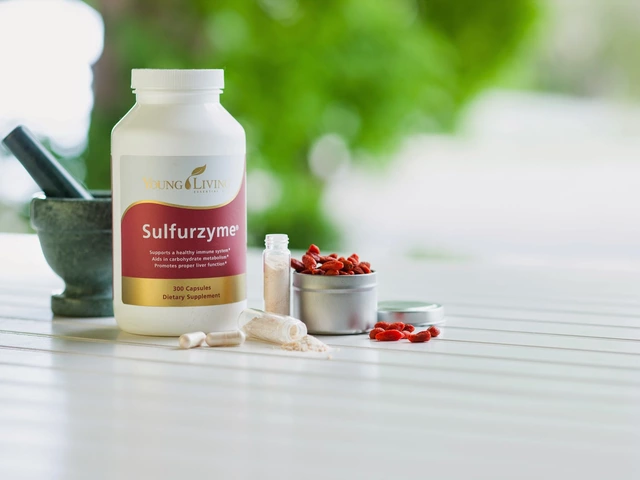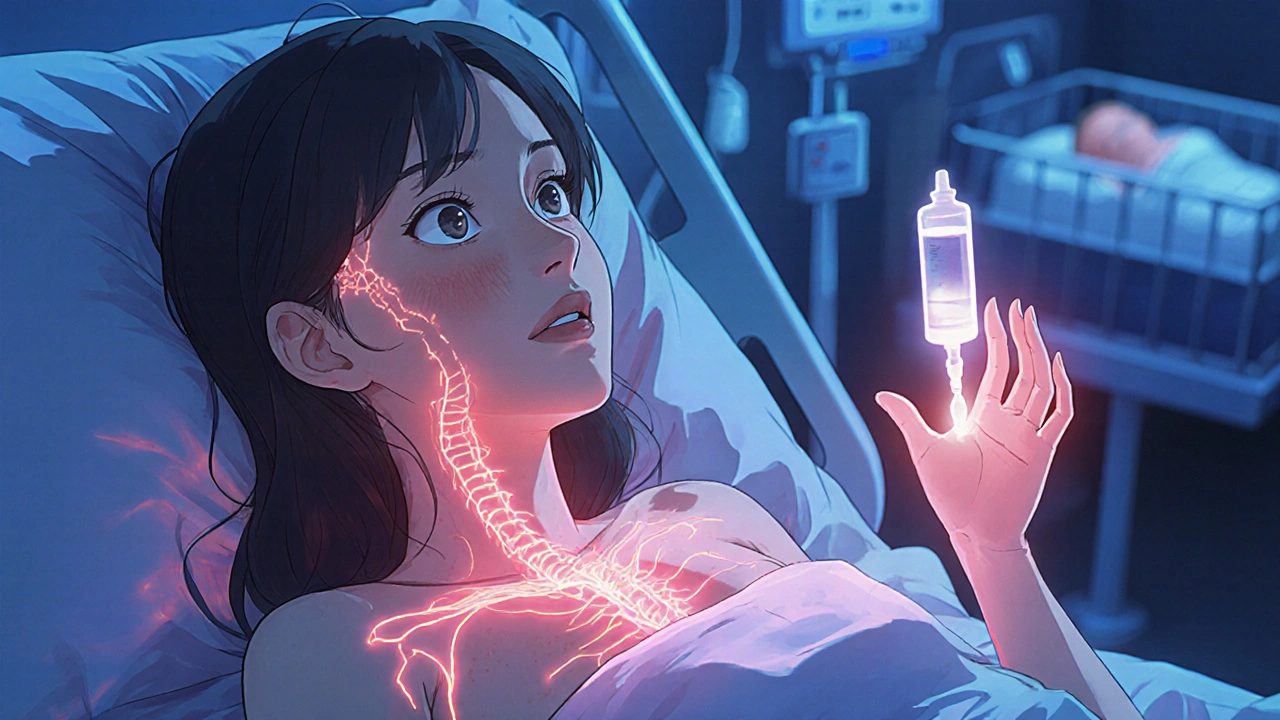Morphine Itch: What Causes It and How to Manage the Uncomfortable Side Effect
When you take morphine, a powerful opioid painkiller used for severe acute or chronic pain. Also known as morphine sulfate, it works by binding to receptors in your brain and spinal cord to block pain signals. But for many people, relief comes with an unwanted side effect: intense, uncontrollable itching. This isn’t an allergic reaction—it’s called morphine itch, a histamine-mediated side effect triggered by the drug’s action on specific receptors in the central nervous system. Unlike true allergies, you won’t get swelling or trouble breathing. Instead, you feel a burning, crawling sensation, usually on your nose, face, or chest. It’s so common that up to 70% of people on morphine report it, especially when given intravenously.
Why does this happen? Morphine activates mu-opioid receptors, but it also causes immune cells to release histamine. That’s the same chemical your body dumps during a pollen allergy. The histamine doesn’t come from your sinuses—it’s released directly in your spinal cord and skin nerves. That’s why antihistamines like diphenhydramine (Benadryl) often help, even if you’re not allergic. But not everyone responds the same. Some people get it with morphine but not with oxycodone or fentanyl. That’s because different opioids vary in how strongly they trigger histamine release. Morphine is one of the worst offenders. If you’ve had this happen before, your doctor might switch you to hydromorphone or fentanyl, which cause less itching. Sometimes, lowering the dose or slowing the IV drip helps too. And if you’re on long-term morphine, your body may build tolerance to the itch over time—something that doesn’t always happen with the pain relief.
What’s tricky is that morphine itch can be mistaken for an allergy, leading people to avoid opioids altogether—even when they’re the best option for their pain. That’s a real problem. Chronic pain patients often end up with worse outcomes because they’re afraid to use effective meds. The key is knowing the difference. If your skin turns red or swells, that’s an allergy. If you just feel itchy but look normal, it’s morphine itch. You can still use morphine safely with the right support. Some clinics now give a low dose of an antihistamine before morphine to prevent it. Others use naloxone in tiny amounts to block the itch without killing the pain relief. It’s not magic, but it works for many.
Below, you’ll find real-world insights from people who’ve lived with this side effect, guides on how to manage it without quitting pain control, and comparisons of alternatives that cause less itching. Whether you’re a patient, caregiver, or clinician, these posts give you practical tools—not just theory. You don’t have to suffer in silence just because you need morphine.
Opioid-Induced Itching: How Histamine and Nerve Pathways Trigger It and What Actually Works
Opioid-induced itching is common, especially after spinal or IV morphine, but antihistamines rarely help. The real cause is nerve activation, not histamine. Learn what actually works to stop it without losing pain relief.
About
Medications
Latest Posts


Vega-Extra Cobra (Sildenafil Citrate) vs. Alternatives: What Works Best for You
By Orion Kingsworth Nov 5, 2025

Atrophic Gastroenteritis and Vitamin B12 Deficiency: Essential Facts and How to Manage Them
By Orion Kingsworth Oct 22, 2025

Sweet Violet: The Natural Dietary Supplement to Support Your Health Goals
By Orion Kingsworth Aug 1, 2023

